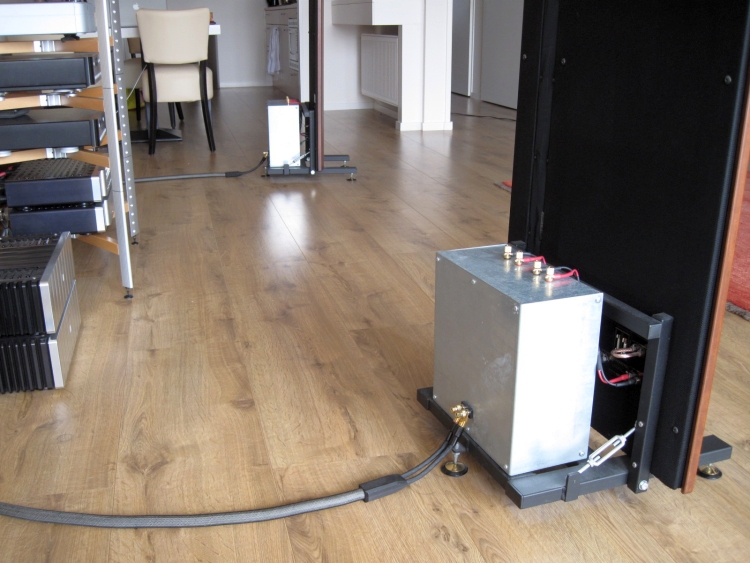
Those diminutive external boxes turn out to have an enormous impact on the sound!
People had been tipping me for some time that there were huge benefits in changing components in the external passive filter boxes, or by swapping them out entirely, to make room for bigger components. While I never had any doubt that this was true, I always feared for trading one virtue for another. You know: getting bigger bass but less treble air, or more dynamic but an overall drier sound. When a reader of this site suggested to me that I just try the filters that he had lying in the closet for some time, to make up my own mind, I jumped at the chance.
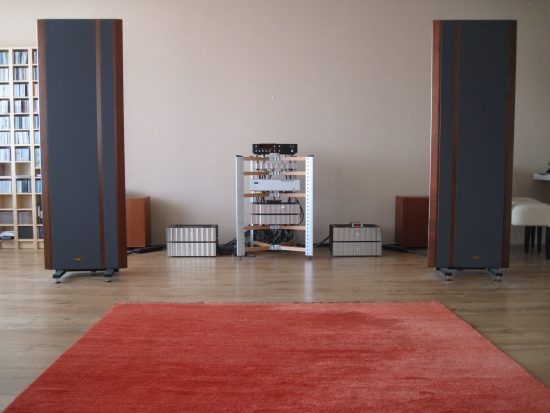
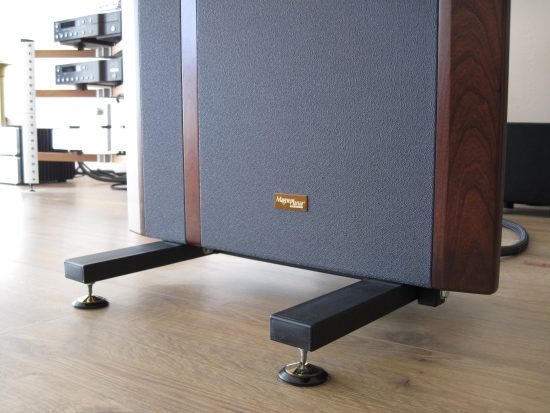
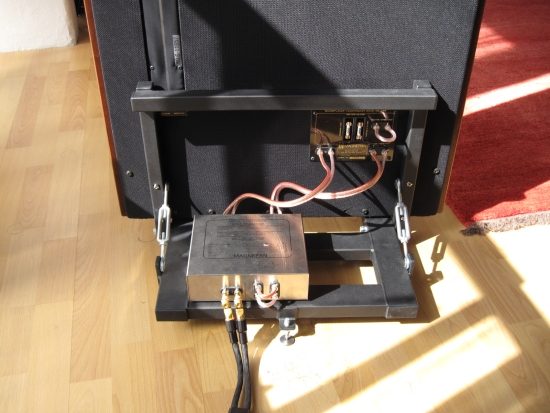
Above: Original filters, fitted with Cardas connectors on the inlet side. This was neccesary because the Transparent cable’s spades wouldn’t fit the Magnepan’s original banana-like connectors.
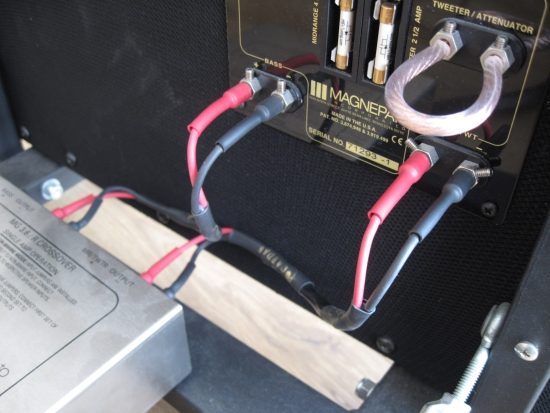
Above: upgrade Cardas jumper, which resulted in much tighter bass and a more pronounced, more forward midrange. But somehow I missed the silky highs, so later I put the large diameter litze cable back on the tweeter section while retaining the Cardas on the bass/midrange.
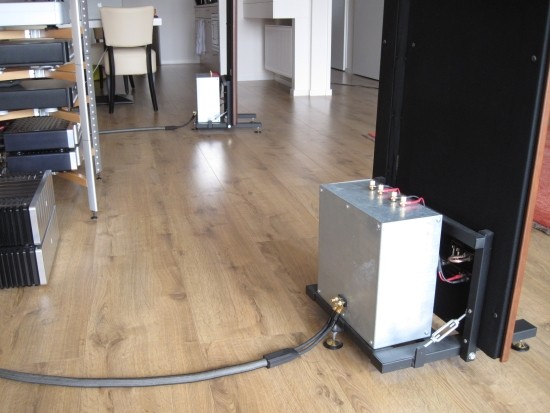
Above: Current, upgraded filters, again, on the input side fitted with Cardas connectors.
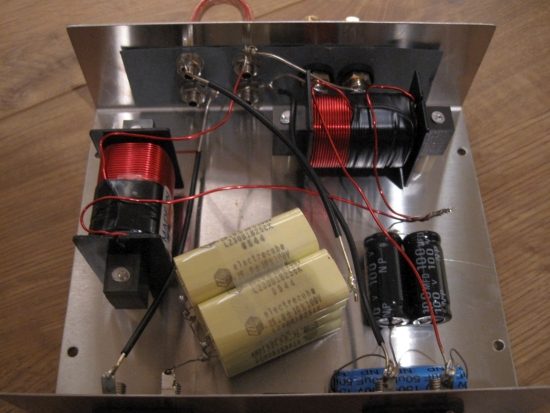
Above: Original Magnepan filter on the inside, the only modification being Cardas connectors.
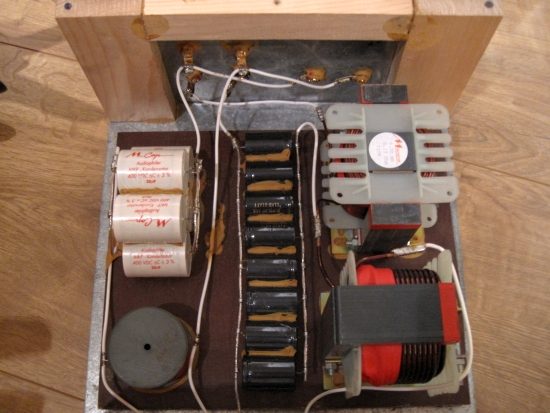
Above: upgraded filters: the size does not come across on this picture, but this new crossover is HUGE!. All components are oversized and needed a new enclosure. They were made or modified by Koos Schenk of TAF luidsprekers and that’s all I know about them. But the proof of the pudding, as they say, is in the eating, and they sure sound mighty fine.
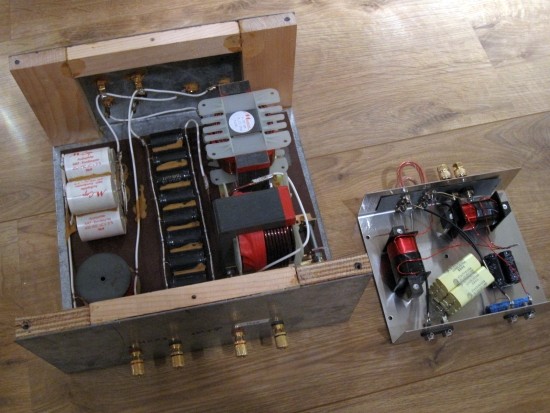
See? HUGE! The original filter really looks diminutive compared to the new one…
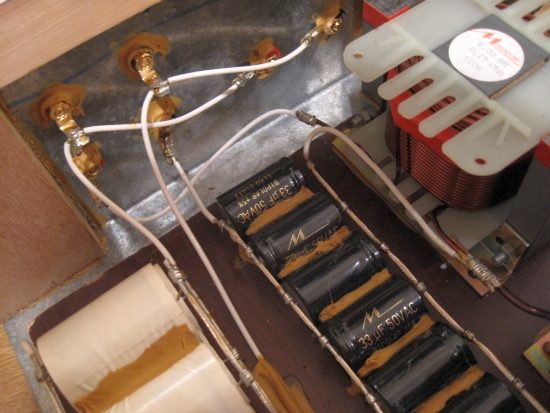
Above: High-quality Mundorf and McCap capacitors and Mundorf coils. Wiring is litze instead of solid metal.
So, the replacement filter boxes arrived and I did some comparisons in the presence of the owner. What was immediately noticeable was an increase in spaciousness, both sideways as in the depth plane. Also, the midrange was much more natural, more developed and richer. Treble was smoother as well. What I didn’t like as much was the bass fatness and an apparent lack of speed and attack. But the owner was happy to let me test drive the filters for a few more weeks before I had to decide. That was very fortunate. Even when at first I had doubts and felt reinforced in the idea that you always pay a price in some department as a trade-off for improvements in other departments, eventually I got it all right. For sure the filters had to do some running in because they had been sitting idle in a closet for many years. But it wasn’t only that: I had to do some major tweaking to the system in order to get my desired bass-tightness and dynamic differentiation back. What was certain during this difficult time was that whenever I placed the old filters back, which was easy because I resisted the urge to take out the expensive Cardas connectors and just purchased a second set), everything became worse. Sure, it was more upbeat, but the sound was comparably harsh and threadbare. In the end, I don’t even know anymore what I adjusted exactly, but it involved system-wide changes: extensionblock, powercables, rack adjustments, ceraballs instead of rubber feet, speaker toe-in, tilt and distance from the rear wall etc etc.
Because Magnepan speakers make it so easy to experiment with the external filters, I would recommend that you do. You can always swap back. However, there are two caveats. One is that it is much more difficult to build your own filters than you might think. Getting the roll-off points right is one thing, but the end result is dependent on much more than technical data. I know this from a friend who designs speakers and crossovers. You can spend months and months swapping out coils, capacitors, and resistors before you get precisely the sound that you want. This is why I have resisted modding my existing original filters, or to make my own. Second: be prepared to make system-wide modifications, because invariably, the new filters will have properties that don’t fit right in with the rest of the system. Think of the new filters as new speakers, and you will understand that you can’t just pop them in and expect great sound.
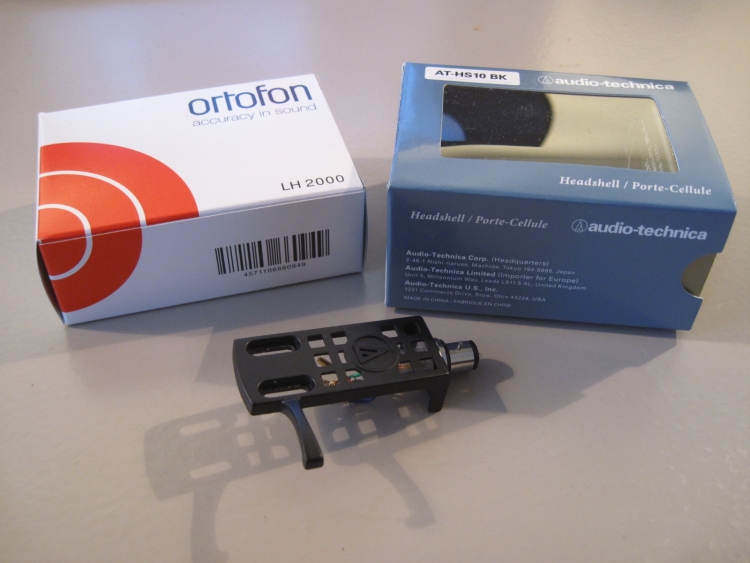
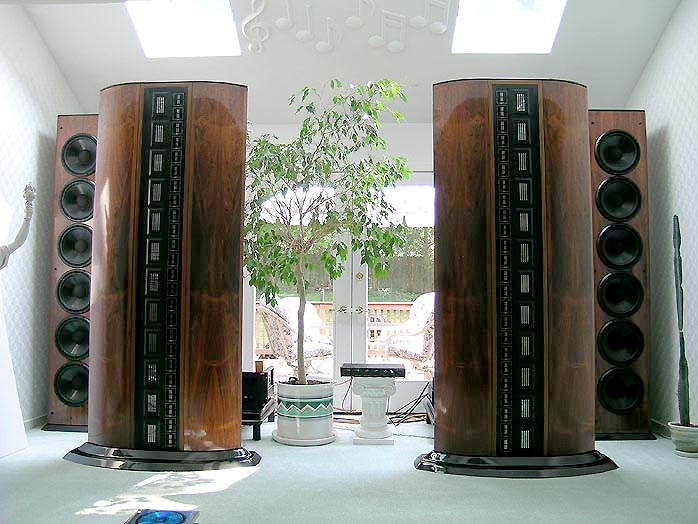
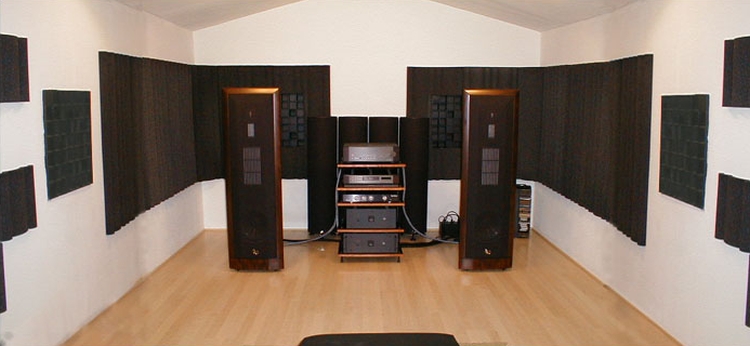
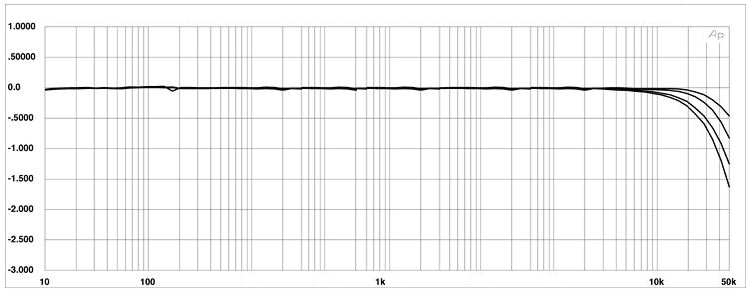
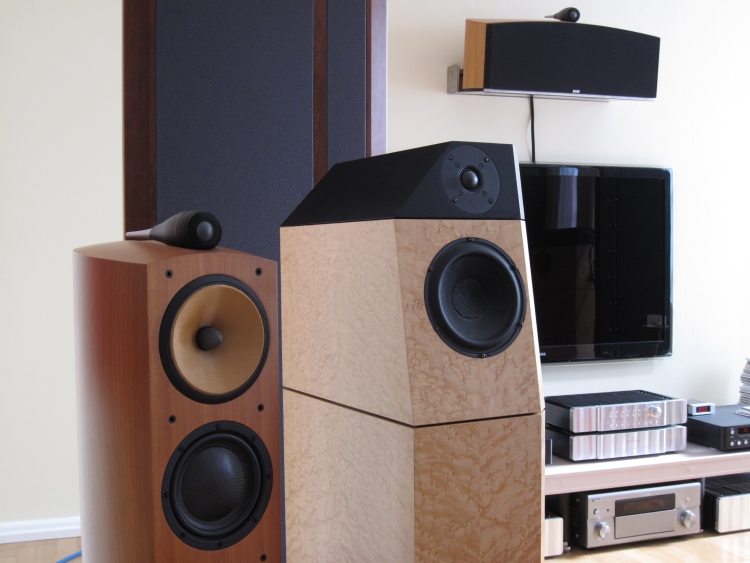

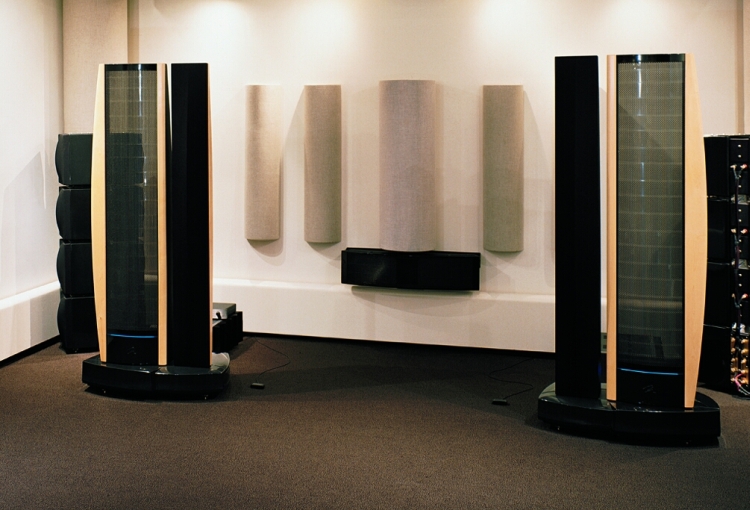
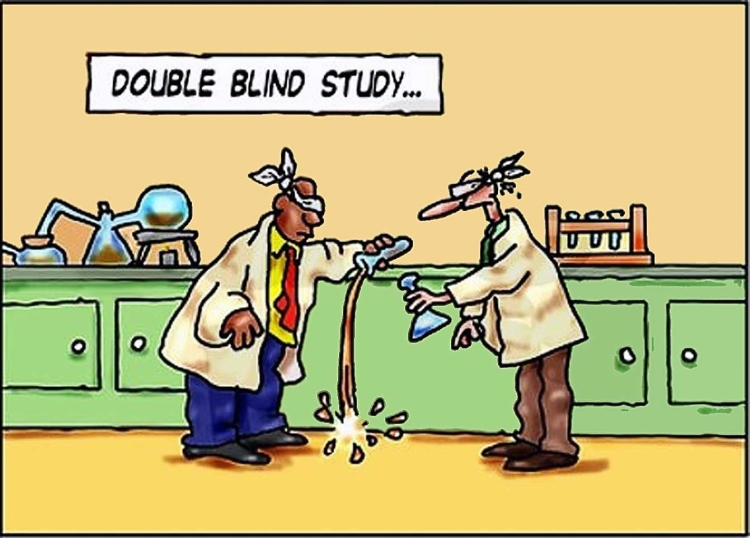
I’ve got a pair of Maggies 1.37i I am interested in upgrading. I’ve got the crossover schematics and frankly your photos are very helpful in understanding the schematics. I’m wondering about the specificities values of your Mundorf Inductors? Just in pricing some of the possible replacement capacitors, that cross over is big enough that it could be uber pricey But the Mundorf you chose seem to be about the best performance/value I can find. Which Mcaps did you use?
Hi Elton, sorry – those speakers and crossovers are long gone so I can’t check. The crossovers were made by someone else and I have no documentation on the values used. I do know that they were indeed very pricey to make and as I understand it the same scheme and substitute values were used as in the original crossovers, only using bigger and better caps and coils.
hi, i’m wanting to up grade my Maggie MMGi crossovers, i’m looking for info on what capacitors I can use to do this
Hi Ray, I am not really a crossover expert and only did changes to the Apogee Diva crossovers based on original schematics and what circuitry was already there. For the Maggies that I owned prior to that, I purchased the upgraded crossovers from a friend of a friend. All I know is that the maker used the same values as in the original design but with much better (and bigger) components. Which brands to use is a matter of taste. In the case of the Apogees, all I can say is that Mundorfs made them sound most airy and refined, which is what I was going after at that time.
Unless you are wiring to spend lots and roll the dice i decided to leave the 3.6 xover in stock form. Pretty sure the Mag company has engineers and test facilities, how could i do better with guess work? These speakers are highly sensitive to the electronics driving them, so I’d rather put the money into swapping components.
Normally, I agree with you and I also don’t like to alter products. But Magnepans are built to a price point and with space constraints in mind, so here, an external crossover can really reap substantial benefits. But indeed, normally, I would not recomnmend this, as it is easier to mess up the crossover values than to improve on the original crossover.
I have modded the crossover on a pair of MG 12s using a crossover schematic I got from the Magnestand guy. I also owned MG 3.7is after wards and was able to compare the results of my modded Maggies and the 3.7i’s. There are substantial sound quality gains to made from the crossover mod. The 3.7i were bigger but not better. The detail and resolution was much better with the modded crossover. I should add that the magnestand mod also involves removing the speakers from stock frames and building new ones out of hard wood. It was not for the faint of heart. The magnestand guy would not answer many questions afterward and I had to figure out a lot on my own and avoid near disaster several times as it’s easy to accidentally damage the mylar film. The crossovers were built in external wood boxes that I also built. I am not a woodworker of great skill the but everything came out pretty good in the end. The capacitors and the inductor used in the crossover were (are huge). Over the years I have swapped out a few of the capacitors with capacitors of different brands (all high end) and it does change the sound of the speaker. But the only way to know what you like is to try different capacitors. My encouragement would be to go forward with the mod. Be aware of course that you will void your warranty from the modification and Magnapan hates that people mod them.